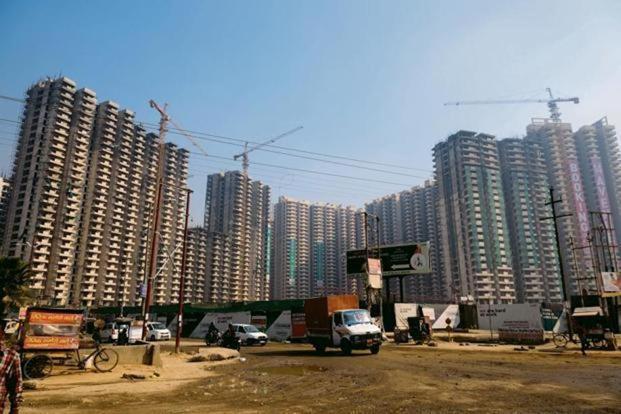

How quickly the Real Estate (Regulation and Development) Act, 2016, or RERA, turned a year old. There are many reasons to celebrate its first anniversary as it has brought much needed transparency in the industry along with a boost to buyer sentiment. However, it is also imperative to do a health check one year down the line to see if RERA has achieved what it set out for.
There were many apprehensions when the industry embraced RERA in 2017, around its adoption, sincere implementation and effectiveness. And one year down the line, some of these do seem to have grounds. For one, so far only 14 out of the 20 states, which notified RERA, have a functional website and only three states have a permanent regulator. Things do not seem to be as comfortable with consumers either. Recently, we conducted a survey with our consumers asking if they were aware of how to use RERA. A huge 74% of potential homebuyers said they did not know how to check the RERA status of their project. This does point towards a gap existing in the Act’s implementation and consumer seeding.
So what have been some of the initial impacts of RERA? The industry was left to chase compliance instead of business for the first six months in 2017 and this took a toll. For a good part of 2017, transactions remained flat and the market shrunk. However, on the other side, RERA has been instrumental in bringing back consumer confidence. In the present scenario, the primary market has shrunk to a size of about 200,000 units per year and the secondary or resale market to about 350,000-400,000 units. Hopefully, with RERA bringing back consumer confidence, we should see the market gradually bounce back to a million-plus units a year, which is much needed for a country of our size.
The other development is the consolidation that is happening on the developer side. Due to stringent provisions of RERA, non-serious developers are finding it difficult to sustain and will eventually move out.
In the top 10 cities, there are around 45,000 developers and one shouldn’t be surprised if the market is ultimately left with fewer than 20,000 developers. This consolidation will not only bring in more professionalism but will also boost consumer confidence as buyers start dealing with organised entities that see a longer stake in the business.
While the real implications of the real estate regulator can be gauged only over a period of 2-3 years, the good news is that slowly consumers are becoming aware of protecting their interests and will start using provisions under RERA to ensure that their dream home doesn’t remain just a dream. There are tell-tale signs of this all over.
In Karnataka, the RERA Help Desk has received more than 100,000 queries on property-related issues and around 572 projects are under investigation. In Haryana, the RERA authorities have registered over 150 complaints on delay in delivery of possession and buyers seeking refund. In most cases where home uyers are seeking refund, they are also demanding interest on the deposit as developers have failed to deliver the projects. In Madhya Pradesh, out of 1,700 RERA-registered projects, cases have been filed against 1,100, and 500 cases have been disposed till now. Violator developers have been booked in Maharashtra, Bihar, Haryana, Uttar Pradesh and Karnataka. In Maharashtra, conciliation committees of builders and buyers and RERA authorities are trying to sort out problems that can be resolved through conciliation. The fact is that consumer complaints are now being heard and addressed.
All these confidence building measures are improving sentiment and property seekers are coming back to the market after having stayed away for a larger part of 2017. While they may not be transacting much, we have witnessed a significant uptick in property searches. We have seen a 50% rise in searches at this point of time compared to the same period last year. In fact, there were 18% more buyers in the end of March 2018 than at the end of December 2017. It is only a matter of time for more of these searches to translate into sales.
India’s real estate market is now finding a balance and current trends indicate that we are witnessing early stages of a turnaround. If 2017 was a muted year for India’s real estate industry, 2018 will likely witness the turnaround that the industry has been expecting for long. And RERA will play a significant role in enabling this.
[“Source-livemint”]



